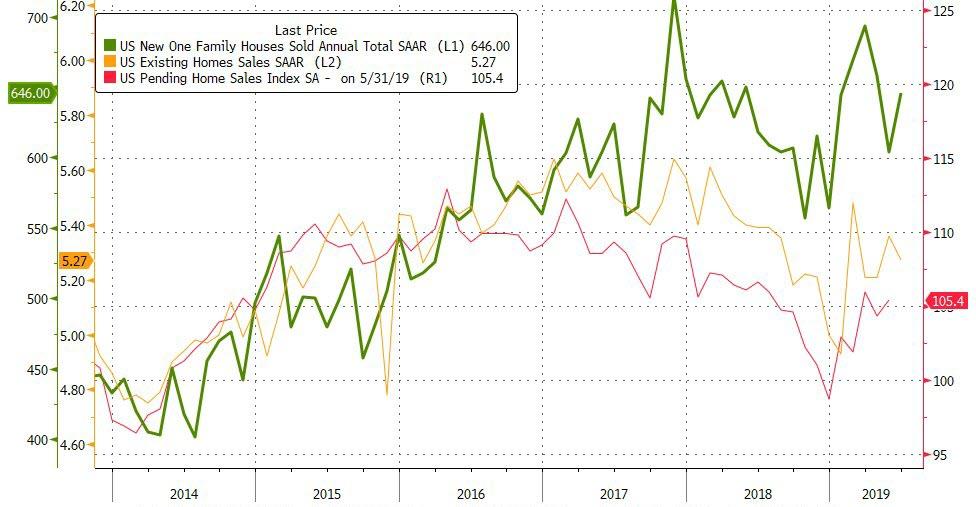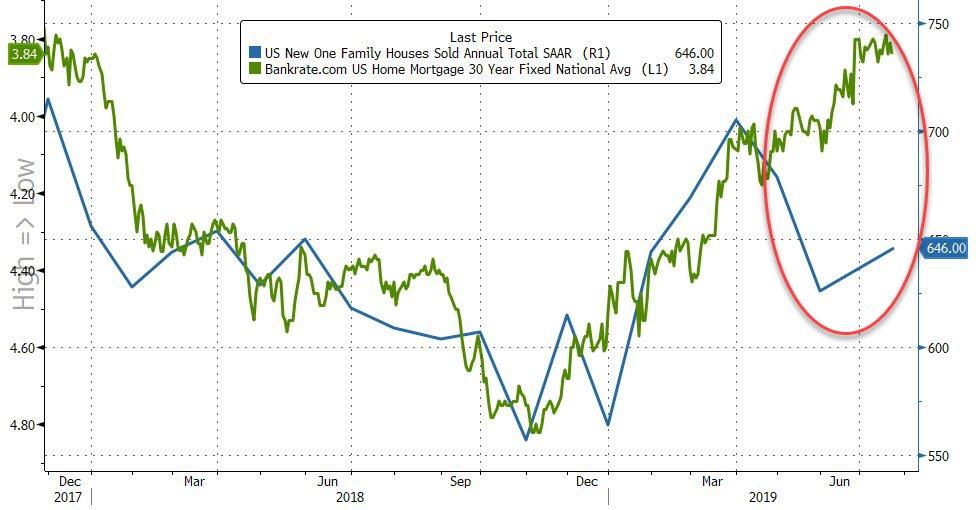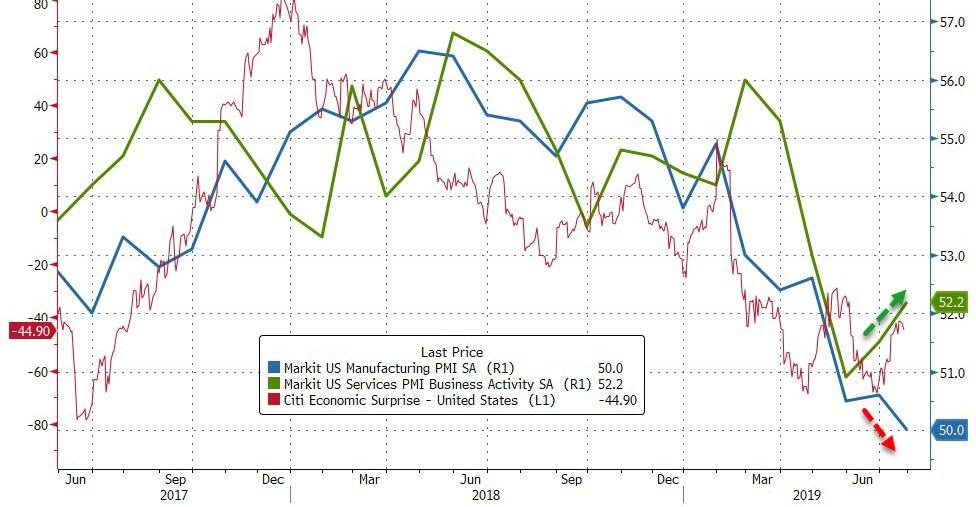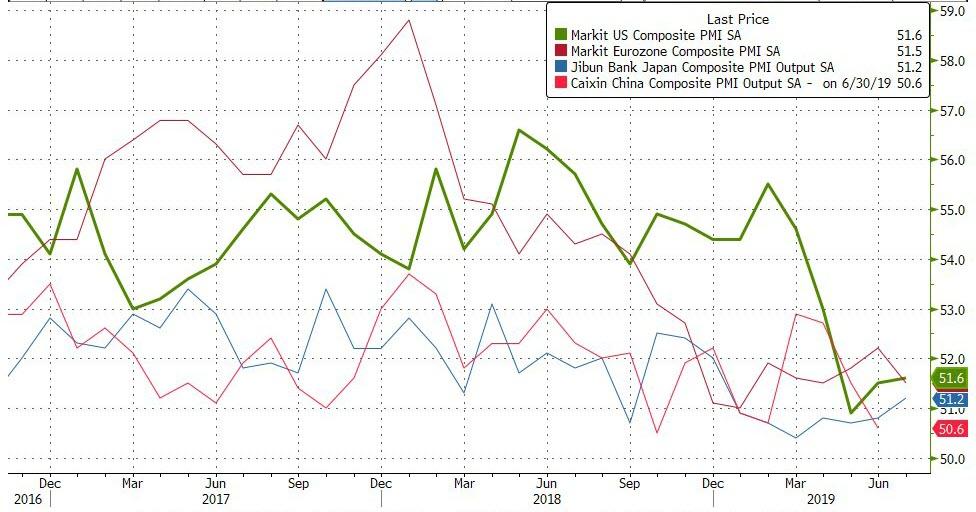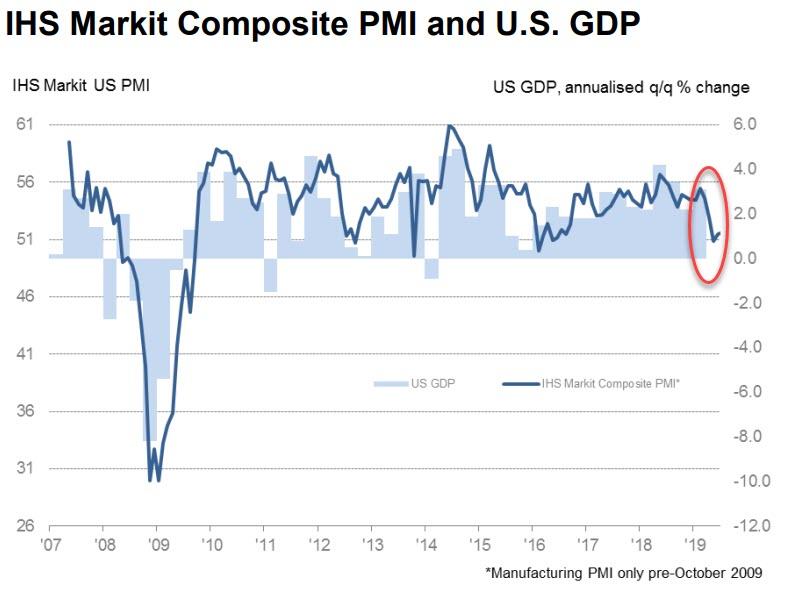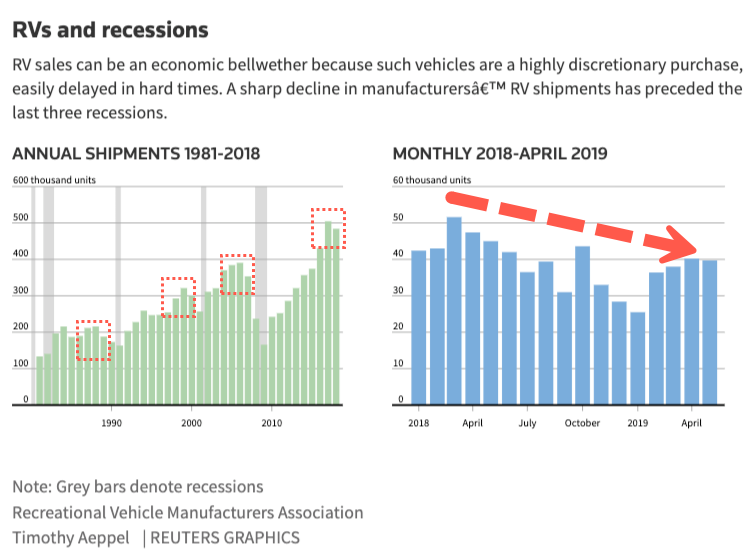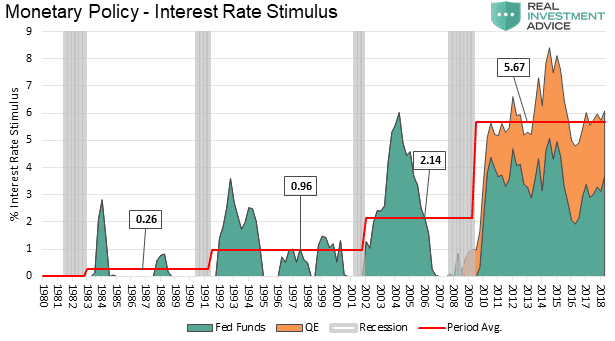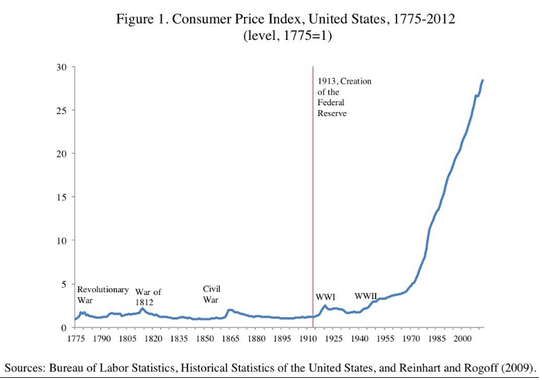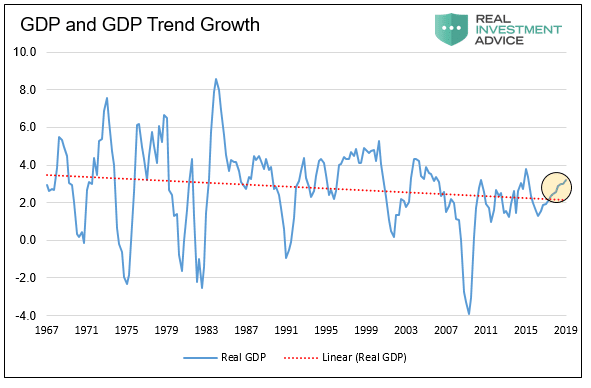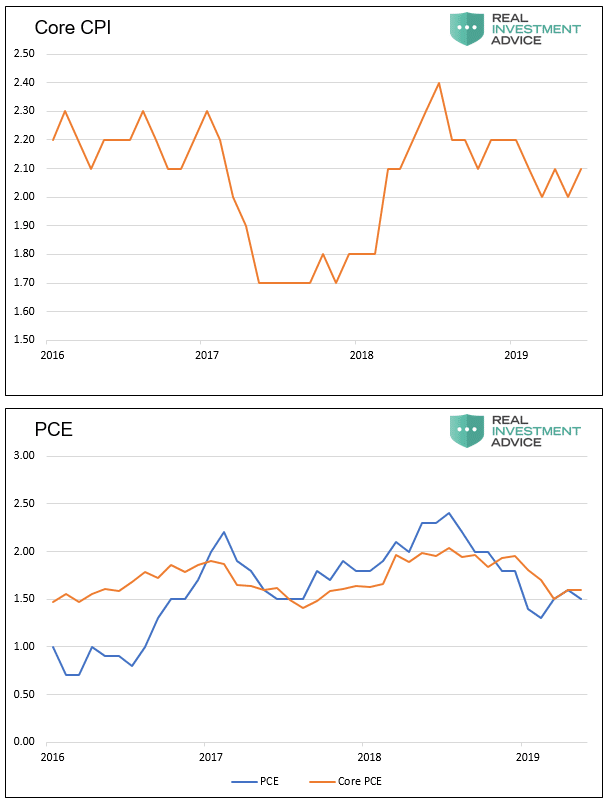On July 9, the 5th Circuit Court of Appeals heard oral argument in Texas v. United States. The three members on the panel were Judges Jennifer Walker Elrod, Kurt D. Engelhardt, and Carolyn Dineen King. You can listen here.
My first post considered standing. My second post focused on the constitutionality of the individual mandate. This final post will analyze severability.
I approach this topic with some caution because modern severability doctrine is a jurisprudential mess. In short, if a specific provision of a law is declared unconstitutional, courts have to determine how Congress would have intended the rest of the statute to operate in the absence of the unconstitutional provision. This framework suffers from similar problems that plagued original intent originalism, a jurisprudence most originalists abandoned some time ago.
It is impossible to identify, and somehow combine, all the differing purposes that were held by different drafters to reach a single intention of the framers. It is even more difficult to determine a single intent of many framers based on a statute they did not frame. In Booker v. United States, Justice Thomas explained that this approach requires “a nebulous inquiry into hypothetical congressional intent.” To be sure, Congress can address this problem through the inclusion of a severability clause. Such a duly enacted law tells us how the statute should be recreated in the event one provision is set aside.
Because of this doctrine’s difficulties, there is some merit to the position advocated by the four joint dissenters in NFIB: rather than using a blue pencil to rewrite the law, courts should declare the entire statute unconstitutional, and let Congress start from scratch with a clean slate.
That approach, the dissenters argued, is far more preferable to that of the controlling opinion. Chief Justice Roberts rewrote the individual mandate and Medicaid expansion. Our zombified ACA has created many unintended problems that would be difficult to roll back legislatively. For example, in states that did not opt into the Medicaid expansion, certain low-income individuals are ineligible for marketplace subsidies. As a result, they cannot obtain subsidized insurance, either through Medicaid or through the marketplace.
During oral arguments in the Fifth Circuit, Judge Engelhardt framed this problem in a colorful way (at 1:34:40):
Judge Engelhardt: Why does Congress want the Article III judiciary to become the taxidermist for every legislative big game accomplishment that Congress achieves? Congress can fix this. Congress could have fixed this after NFIB.
Yet, there is a problem with the NFIB joint dissenter’s approach: Article III courts lack the power to enjoin provisions of law that do not injure the Plaintiffs. Justice Thomas articulated this position in his Murphy v. NCAA concurrence. He wrote that the Court’s modern severability doctrine is “in tension with traditional limits on judicial authority.” The judicial duty, or power, he wrote, was “the power to render judgments in individual cases.” When a “statute conflicts with the Constitution, then courts must resolve that dispute and, if they agree with the defendant, follow the higher law of the Constitution.” Early courts did not employ anything that resembles modern severability doctrine. Rather, “they would simply decline to enforce [the unconstitutional statute] in the case before them.” (You should read Kevin Walsh’s article Partial Unconstitutionality, which Justice Thomas cites.)
Under modern doctrine, however, the Court “excise[s],” or removes an unconstitutional provision from a statute as if that excision were the “remedy.” But this approach can’t be right, Justice Thomas writes: “remedies ‘operate with respect to specific parties,’ not ‘on legal rules in the abstract.'” (Here, Justice Thomas favorably cites John Harrison’s article, Severability, Remedies, and Constitutional Adjudication.) Indeed, “courts do not have the power to ‘excise’ or ‘strike down’ statutes.”
In Murphy, Justice Thomas identifies a fundamental, jurisdictional problem with modern severability doctrine: it “often requires courts to weigh in on statutory provisions that no party has standing to challenge, bringing courts dangerously close to issuing advisory opinions.” He explained, “[i]f one provision of a statute is deemed unconstitutional, the severability doctrine places every other provision at risk of being declared nonseverable and thus inoperative; our precedents do not ask whether the plaintiff has standing to challenge those other provisions.” Thomas wrote that “severability doctrine is thus an unexplained exception to the normal rules of standing, as well as the separation-of-powers principles that those rules protect.” Why? Because “severability doctrine comes into play only after the court has” decided that the Plaintiff has “standing to challenge the unconstitutional part of the statute.” Generally, “[i]n every other context, a plaintiff must demonstrate standing for each part of the statute that he wants to challenge.”
In Murphy, Justice Thomas recognized that his analysis was inconsistent with the joint dissent he joined in NFIB. Indeed, he cited that opinion, which explained:
To be sure, an argument can be made that those portions of the Act that none of the parties has standing to challenge cannot be held nonseverable. The response to this argument is that our cases do not support it. See, e.g., Williams v. Standard Oil Co. of La. (1929) (holding nonseverable statutory provisions that did not burden the parties). It would be particularly destructive of sound government to apply such a rule with regard to a multifaceted piece of legislation like the ACA. It would take years, perhaps decades, for each of its provisions to be adjudicated separately—and for some of them (those simply expending federal funds) no one may have separate standing. The Federal Government, the States, and private parties ought to know at once whether the entire legislation fails.
These policy considerations are well-founded. It would be logistically impossible to challenge a massive law like the ACA piecemeal. But if Justice Thomas is correct that the standing inquiry is jurisdictional–that is, the courts are constrained by Article III–then the entire basis for modern severability doctrine is wrong. All of it. For example, in the First Amendment context, the Court’s approach to overbreadth has to be wrong. How can the Court enjoin the entirety of a statute, if only part of that law restricts the Plaintiff’s speech? As with many proposals that emanate from Justice Thomas’s chambers, this change to severability doctrine would be radical.
Radical for plaintiffs challenging federal law, at least. I suspect that lawyers in the Department of Justice would welcome any shift in the law towards Justice Thomas’s vision. Why? As a general matter, the Department of Justice tries to salvage as much of a federal law as it can. There are of course exceptions to this traditional practice. The Obama Administration declined to defend Section 3 of DOMA in Windsor. And the Trump Administration declined to defend the ACA. But lawyers for the federal government consistently argue that courts should uphold federal law. Yet, in the severability context, these arguments are invariably grounded in the nebulous inquiry into congressional intent–a question on which reasonable minds can differ. Justice Thomas’s concurrence, however, completely reorients the severability remedy in jurisdictional terms: courts cannot enjoin the enforcement of an otherwise inseverable provision, if that provision does not injury the named Plaintiffs.
Could DOJ simply urge a court to adopt Justice Thomas’s approach? I think not. This approach would effect a revolutionary change in the way courts approach severability. Lower courts, including the 5th Circuit, lack the ability to jettison long-standing doctrine. But what if DOJ could quietly guide the courts towards the Thomas approach, without saying so? I suspect that DOJ is taking this exact approach in the Obamacare litigation.
After Texas filed its challenge to the ACA, Attorney General Sessions contended that the mandate could not be severed from the ACA’s guaranteed issue and community rating provisions. (These regulations prevent insurers from denying coverage, and charging more, to people with preexisting conditions.) If the mandate was unconstitutional, then the popular insurance reforms would also have to be halted. The Obama Justice Department took this same position in 2012, though it did so before the penalty was reduced to zero.
After Judge O’Connor found that the mandate could not be severed from the entire ACA, the Justice Department switched its position. Most media reports suggested that the government now favored the complete invalidation of the ACA. I was critical of that decision, which I saw as favoring a complete affirmance of the District Court’s ruling. According to Politico, Attorney General William Barr and HHS Secretary Alex Azar opposed this approach, but acting Chief of Staff Mick Mulvaney prevailed upon the President.
On March 25, 2019, Joseph Hunt, the Assistant Attorney General, sent a two sentence letter to the Fifth Circuit:
The Department of Justice has determined that the district court’s judgment should be affirmed. Because the United States is not urging that any portion of the district court’s judgment be reversed, the government intends to file a brief on the appellees’ schedule.
However, we would learn that the government’s actual position was a bit more nuanced. DOJ didn’t seek a complete affirmance. The final sentence of the government’s brief stated, “Accordingly, the court’s judgment should be affirmed on the merits, except insofar as it purports to extend relief to ACA provisions that are unnecessary to remedy plaintiffs’ injuries.” On p. 28, the brief explained this position in more detail:
Accordingly, while the district court properly considered the legal issues before it and this Court has jurisdiction to affirm the reasoning below on the merits, the relief awarded should be limited only to those provisions that actually injure the individual plaintiffs. For example, the ACA amended several criminal statutes used to prosecute individuals who defraud our healthcare systems. See, e.g., 18 U.S.C. § 1347(b) & 42 U.S.C. § 1320a-7b(h) (defining scienter required for healthcare fraud and anti-kickback violations); 29 U.S.C. § 1149 (adding a false statement offense relating to the sale and marketing of employee health benefit plans). It is unlikely that the plaintiffs here would have standing to challenge the validity of those statutes. See Linda R.S. v. Richard D., 410 U.S. 614, 619 (1973) (“[I]n American jurisprudence at least, a private citizen lacks a judicially cognizable interest in the prosecution or nonprosecution of another.”). The district court can determine the precise scope of the judgment on remand.
At the time, I suspected that the Department of Justice was quietly trying to urge the Court to adopt Justice Thomas’s framework without saying so expressly. I didn’t think the government was simply trying to save its fraud prosecutions–these laws simply provided noncontroversial examples of otherwise inseverable provisions that should not be enjoined.
DOJ’s strategy became even more clear in its supplemental brief filed shortly before oral arguments. DOJ argued that the Declaratory Judgment Act “does not authorize courts to declare the rights of nonparties.” Here, the brief cited the same John Harrison’s article that Justice Thomas cited. Coincidence? I think not. “That principle,” the government explained, “is consistent with the Article III rule that a ‘remedy must . . . be limited to the inadequacy that produced the injury in fact that the plaintiff has established.'” (citing Gill v. Whitford (2018)). In other words, the mere declaration that the mandate was inseverable from the remainder of the ACA, pursuant to the Declaratory Judgment Act, did not resolve the case. Rather, the government explained, a “remand” was necessary to determine what “ACA provisions” could be salvaged that were “unnecessary to remedy plaintiffs’ injuries.”
I suspect this briefing represented something of a compromise. The politicos in the White House could publicly boast that the Department of Justice was seeking the complete invalidation of Obamacare. Why would President Trump be on the same side as California, and not with Texas!? But in court, the Department of Justice quietly pushes Justice Thomas’s Murphy concurrence, which would salvage some, but not all of Obamacare. Indeed, the parts that would be enjoined are the parts that injure the Plaintiffs–that is, the burdensome regulations. The parts that do not injure the Plaintiffs–the good parts–would remain on the books. This approach has all the hallmarks of a compromise, and has the added benefits of advancing the Department’s institutional interest in limiting judgments to remedy the Plaintiffs’ injuries.
August Flentje, who argued on behalf of DOJ, resolved any doubts about the government’s strategy. Consider the following colloquy with Judge Elrod (starting at 1:19:00):
Flientje: The only other thing I have to say on remedy is that a point we made in our brief where we differ with the plaintiffs … is that the … declaratory remedy should be limited to the injuries that are established by the Plaintiffs. Again, we think this is more of a technical point. It is a very important institutional point for the government that district court judgments should be limited to the dispute between the parties and the injuries that establish standing for the plaintiffs. Again, we don’t think that needs to be sorted out, which provisions of the ACA would be covered and not covered. That was not addressed in the district court. It would require an assessment of injuries to Texas, which the district did not conduct. And again it might all be obviated if there is a precedential ruling from a higher court that resolves these kinds of issues as a matter of precedent.
At face value, DOJ’s position is confounding. Douglas Letter, the attorney for the House of Representatives, offered this comment (at 1:36:40):
“The attorney for the Department of Justice, Mr. Flentje and I have been friends for many many years. What he is arguing here, the DOJ position makes no sense.”
Judge Elrod posed a similar question:
Judge Elrod: Could you help a bit with that? That’s a little bit vague. Because it seems that there is an argument that it was inseverable all the way … but then the government says that only a couple of the other provisions would be wrapped up in it….
Flientje’s answer to Judge Elrod sheds some light on how the government is seeking to implement Justice Thomas’s Murphy opinion.
Flientje: Our argument on the scope of the judgment is totally separate from our argument concerning severability. . . .
Judge Elrod: Are you saying it is entirely inseverable now? Before you argued some parts of it could kept, are you saying the whole thing must go?
Flientje: Our position is that the entire act is not severable. However, the judgment might still be limited. The judgment of the district should still assess the injuries that these various provisions cause to plaintiffs, and should not declare a provision that has no impact on the Plaintiffs to be unlawful based on applying severability. The court might say, the reason this is inseverable is because the whole statute rises or falls together. We have the findings that work as a non-severability clause. We have 9 justices who said this all works together. We have all this assessment of severability that looks to the statute as a whole. So as far as the district court legal reasoning, it could say the statute rises and falls together. However, the judgment needs to be narrowed a little bit. You need to narrow the judgment. The actual declaratory judgment to those provisions that injure and impact the Plaintiffs. And send the case back.
Under DOJ’s approach, the severability analysis has two phases.
- First, the district court declares that the individual mandate is inseverable from the remainder of the ACA. The Declaratory Judgment Act provides the court with jurisdiction to make this declaration.
- Second, the district court crafts the remedy: only those portions that injure the plaintiffs can be enjoined. The Declaratory Judgment Act does not provide the court with jurisdiction to issue a remedy, such as in injunction. Rather, the court has to rely on its traditional federal question jurisdiction, which is constrained by Article III. Generally, this second step could be performed alongside with the declaration, but given the unique posture of this case, that role would have to be performed on remand.
I am not aware of any precedent that supports this position–DOJ cites none. Rather, I see this framework as a means to implement the Thomas concurrence.
In any event, the government is not troubled by the lack of precedent. Why not? Because the Thomas concurrence is premised on a jurisdictional argument. If the position is jurisdictional, then the absence of precedent is not fatal. Indeed, the government was not required to take this position below. To that end, Judge Elrod asked whether the government had advanced this position in the district court (at 1:22:03). It did not. Flientje replied:
Flientje: We think it is an Article III issue, so yes we did raise it in our brief for the first time, we do think, given that, it would be appropriate to remand to consider the scope of the judgment on that point. We think that’s more of a technical point, because the severability analysis requires looking at the statute altogether. Obviously, there is precedential impact of this court’s decision or a higher court’s decision that could make a lot of sorting out those details unnecessary down the road.
If DOJ is correct, then the correct remedy after a declaration of inseverability is a district court proceeding to determine what provisions injure the individual Plaintiffs. Judge Elrod explored this point in a colloquy with Douglas Letter, the lawyer for the House (at 1:41:30):
Judge Elrod: If we held, hypothetically, that it was severable, we would say the district court, do your best severability in the first instance, take out your blue pencil.
Letter: No, you [that is the 5th Circuit] would do that.
Judge Elrod: Why would we do that? In any other normal case, you would send it back to the district in the first instance to make its best stab at trying to implement the ruling that we made. That would be the normal proceeding in hundred cases that we have this month
Judge Elrod had a similar colloquy with Kyle Hawkins, the Texas Solicitor General:
Judge Elrod: If the court ruled on the partial summary judgment, and then you have to go back for the relief, the remedy has not been spoken of yet
Hawkins: That’s right. We will go back to district court.
Judge Elrod: You’re not to that process yet. You have a partial summary judgment.
The Fifth Court could also decide whether the plaintiff states have standing in order to allow the District Court to consider whether other provisions of the ACA injure the states. As it stands now, the only parties who were found to have standing were the private plaintiffs. And, without more, the District Court would not consider the states’ injuries. The states, which are also employers, have far greater injuries than the individual plaintiffs would.
If the Fifth Circuit follows DOJ’s approach, and affirms with a limited remand, the odds of the Supreme Court granting certiorari are decreased significantly. There is currently a stay in place, and the government has represented that it will continue enforcing the ACA. There is no urgent rush to review the case until the District Court determines which provisions would in fact have to be enjoined. That process would involve a fact-intensive inquiry, and could take some time. Only when the remedy is defined would the Supreme Court have to take the case. And, that remedy could come following the 2020 election. Moreover, in the interim, Congress could take steps to obviate this problem–the easiest option, of course, would be to simply repeal the individual mandate. There is also the possibility, however, that the Court’s four progressive defensively vote to grant certiorari, to force Chief Justice Roberts to decide this case on the eve of the presidential election.

from Latest – Reason.com https://ift.tt/32MXQJM
via IFTTT
